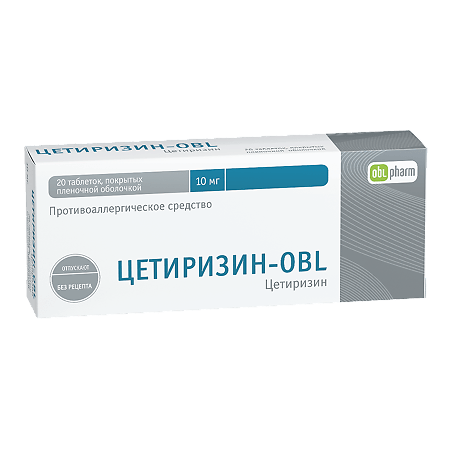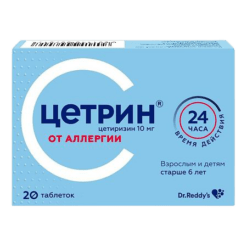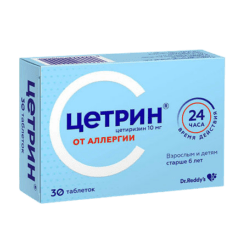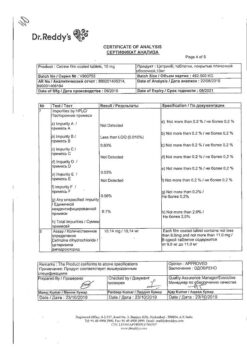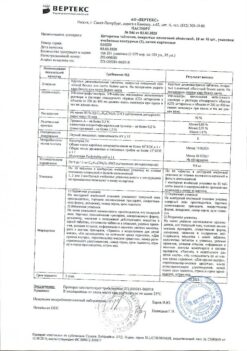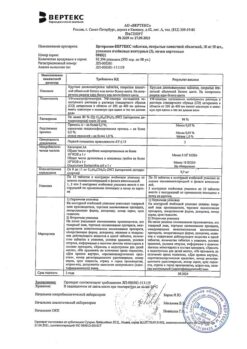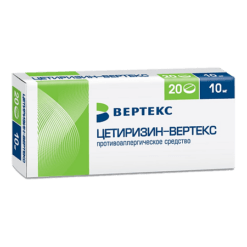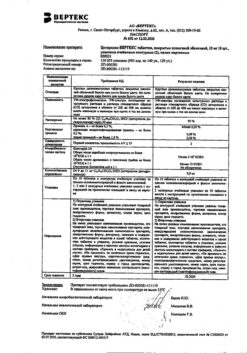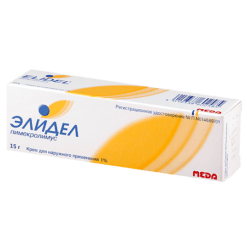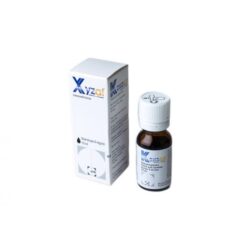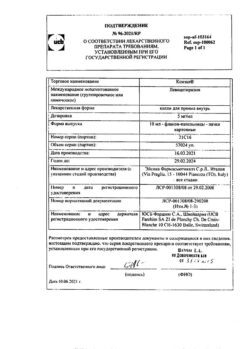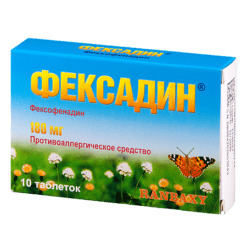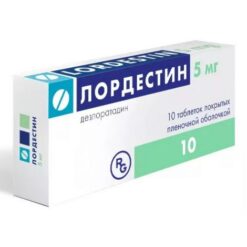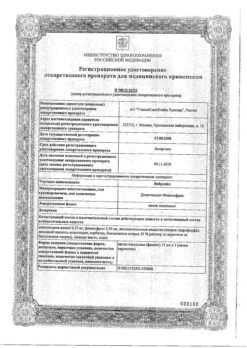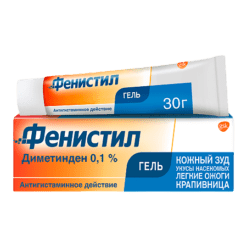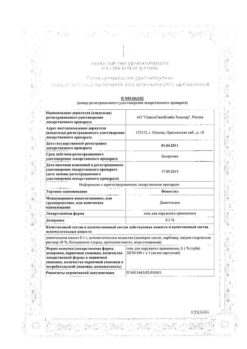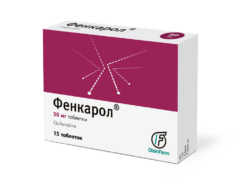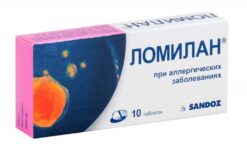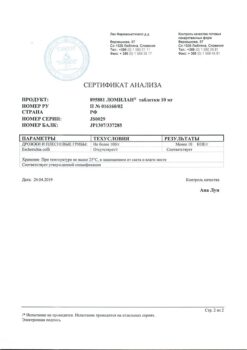No products in the cart.
Description
Diathesis, Allergic conjunctivitis, Allergies, Allergic rhinitis, Dermatosis, Pollinosis, Skin itching, Runny nose (rhinitis), Increased lacrimation, Neurodermitis, Urticaria Seasonal and year-round allergic rhinitis and conjunctivitis (itching, Sneezing, rhinorrhea, lacrimation, conjunctival hyperemia), urticaria (including chronic idiopathic urticaria), hay fever, allergic dermatitis, including atopy, accompanied by itching.
Active ingredient
Active ingredient
Composition
Composition
Interaction
Interaction
Directions for use
Directions for use
Overly, regardless of meals.
Adults and adolescents over 12 years of age – 1 tablet daily, preferably in the evening.
In children aged 6-12 years, 1/2 tablet twice daily in the morning and evening.
In chronic renal failure (CKD) the recommended dose should be reduced: in CKD 30-49 ml/min – 5 mg once a day, in 10-29 ml/min – 5 mg every other day. For children, the dose should be reduced by half. The duration of use is determined individually.
In case of impaired liver function the dose should be adjusted individually, especially with caution in concomitant renal failure.
Elderly patients with normal renal function do not require dose adjustment. The duration of therapy is determined individually; usually with seasonal allergic rhinitis the duration of therapy is from 3 to 6 weeks, and with short-term exposure to pollen one week is sufficient.
Special Instructions
Special Instructions
– Children
The use in children under 6 years is contraindicated.
– Adults with chronic diseases
Dosing regimen correction required, elderly patients (decreased glomerular filtration is possible).
Synopsis
Synopsis
Features
Features
Contraindications
Contraindications
Side effects
Side effects
Nervous system and sensory organs: Drowsiness, fatigue, agitation, headache, dizziness, anxiety, nervousness, emotional lability, impaired concentration and thinking, insomnia, depression, euphoria, confusion, amnesia, depersonalization, ataxia, movement coordination disorders, tremor, Hyperkinesis, calf cramps, paresthesia, dysphonia, myelitis, paralysis, ptosis (central nervous system), accommodation and visual disturbances, eye pain, glaucoma, xerophthalmia, conjunctivitis, eye hemorrhage, ototoxicity, tinnitus, deafness, impaired sense of smell.
Gastrointestinal organs: dry mouth, change or absence of taste perception, increased appetite, anorexia, aphthous stomatitis, color changes and tongue swelling, increased salivation, increased caries, thirst, vomiting, dyspepsia, gastritis, stomach pain, flatulence, diarrhea, constipation, hemorrhoids, melena, rectal bleeding, liver function disorders.
Cardiovascular system disorders: migraine, palpitations, increased blood pressure, heart failure.
Respiratory system: rhinitis, nasal bleeding, nasal polyps, pharyngitis, cough, sinusitis, bronchitis, increased bronchial secretion, bronchospasm, dyspnea, upper respiratory tract infection, pneumonia, hyperventilation.
Urogenital system disorders: urinary retention, edema, polyuria, dysuria, hematuria, urinary tract infection, cystitis, decreased libido, dysmenorrhea, intermenstrual bleeding, menorrhagia, vaginitis.
Musculoskeletal system disorders: arthralgia, arthritis, arthrosis, myalgia, back pain, muscle weakness.
Skin disorders: dry skin, rash, vesicular rash, itching, acne, furunculosis, dermatitis, eczema, hyperkeratosis, erythema, increased sweating, alopecia, angioedema, hypertrichosis, photosensitization, seborrhea.
Others: malaise, fever, chills, hot flashes, dehydration, diabetes, lymphadenopathy, breast pain, weight gain, skin allergic reactions, including urticaria.
Overdose
Overdose
Similarities
Similarities
Additional information
| Shelf life | 2 years. Do not use after the expiration date stated on the package. |
|---|---|
| Conditions of storage | Store in a dry place protected from light at a temperature not exceeding 25 °С. Keep out of reach of children. |
| Manufacturer | Alium JSC, Russia |
| Medication form | pills |
| Brand | Alium JSC |
Other forms…
Related products
Buy Cetirizine-OBL, 10 mg 20 pcs. with delivery to USA, UK, Europe and over 120 other countries.

